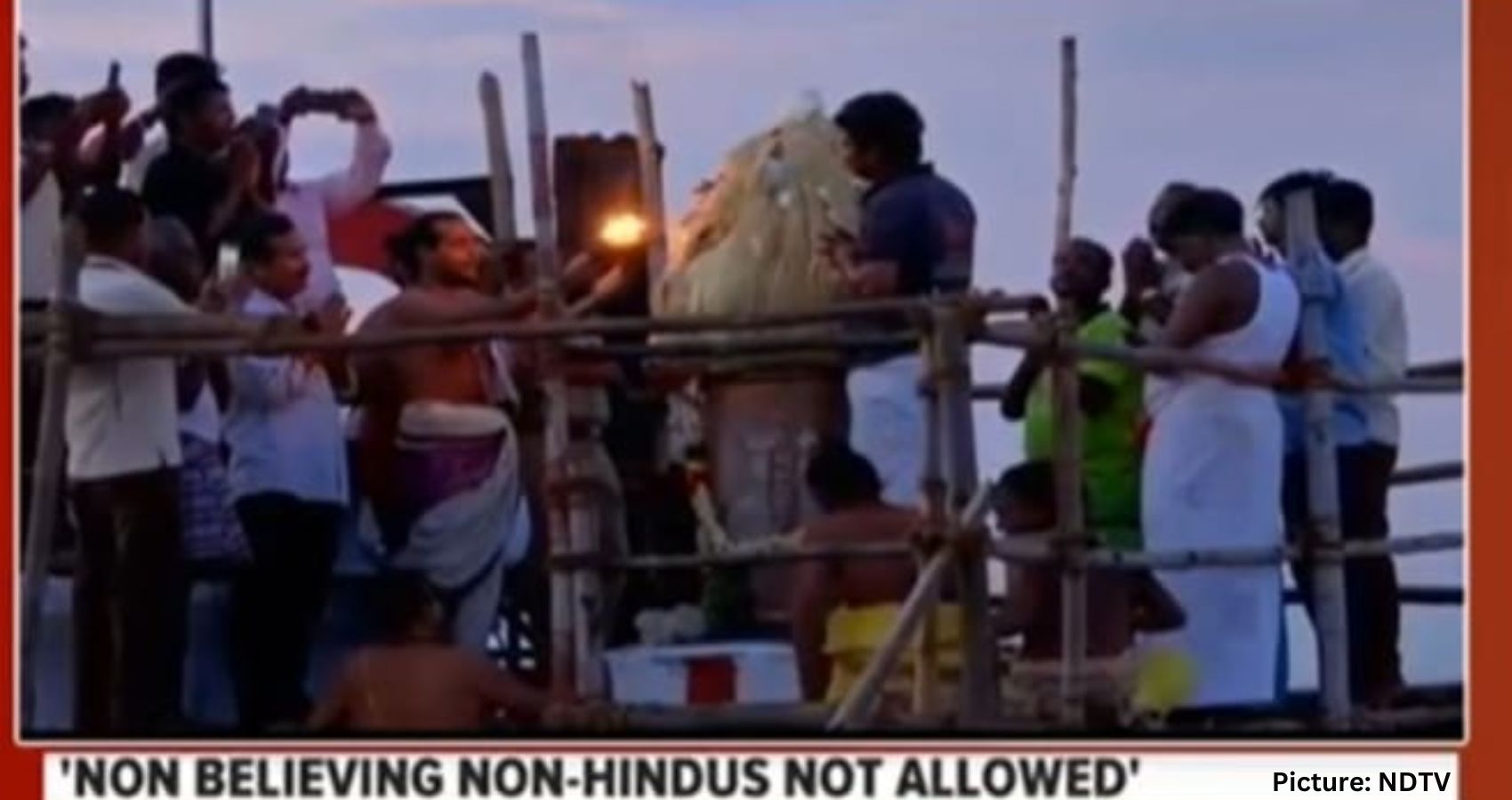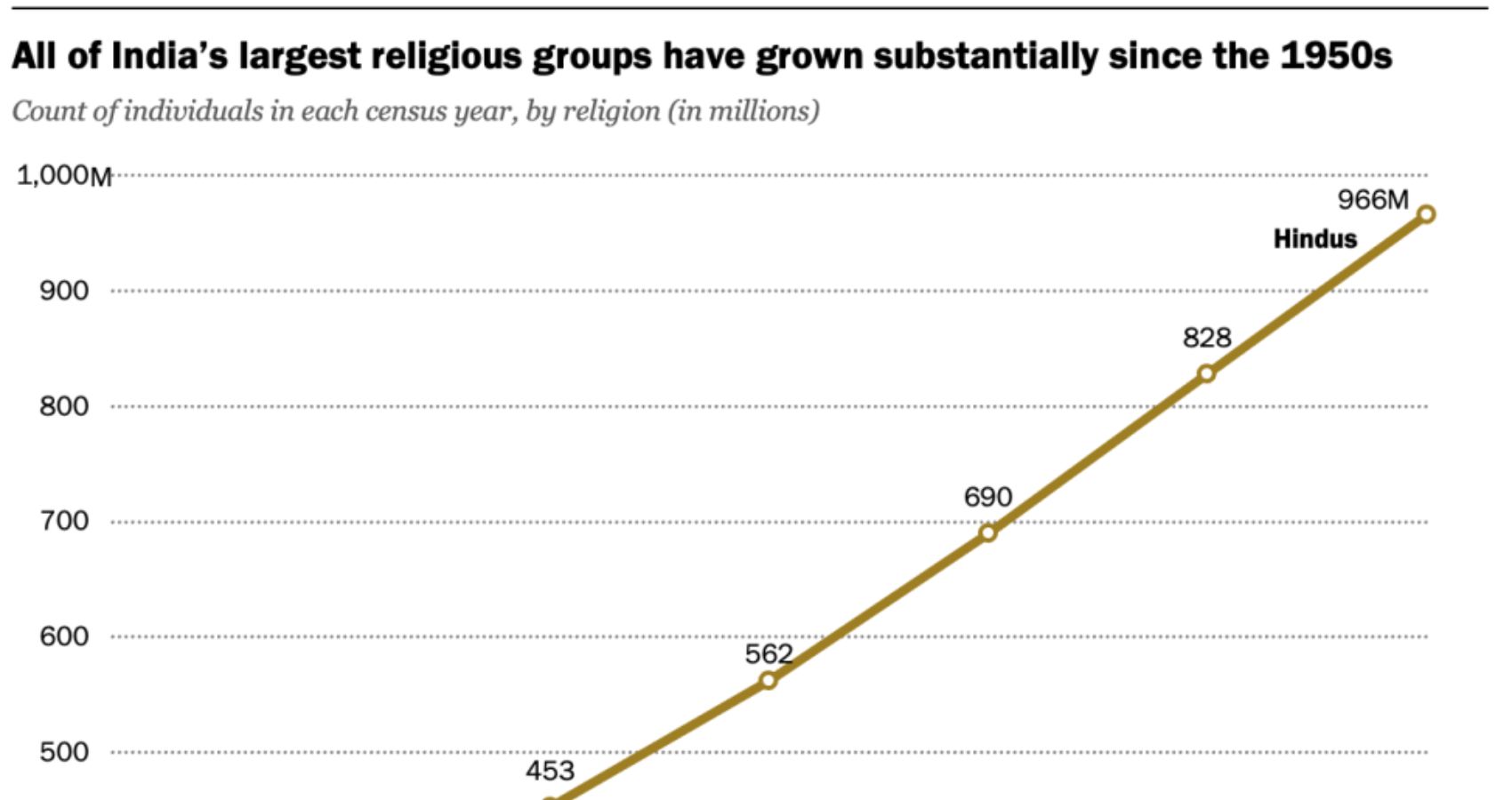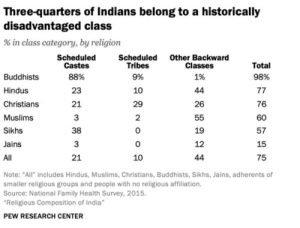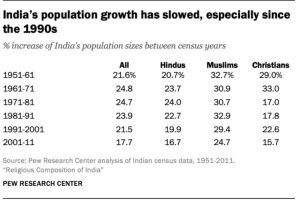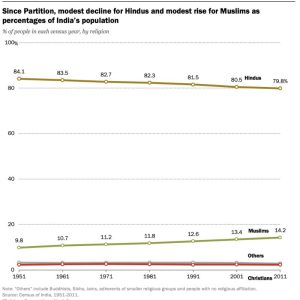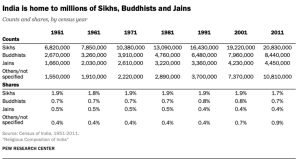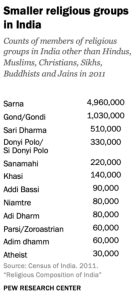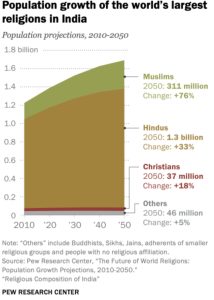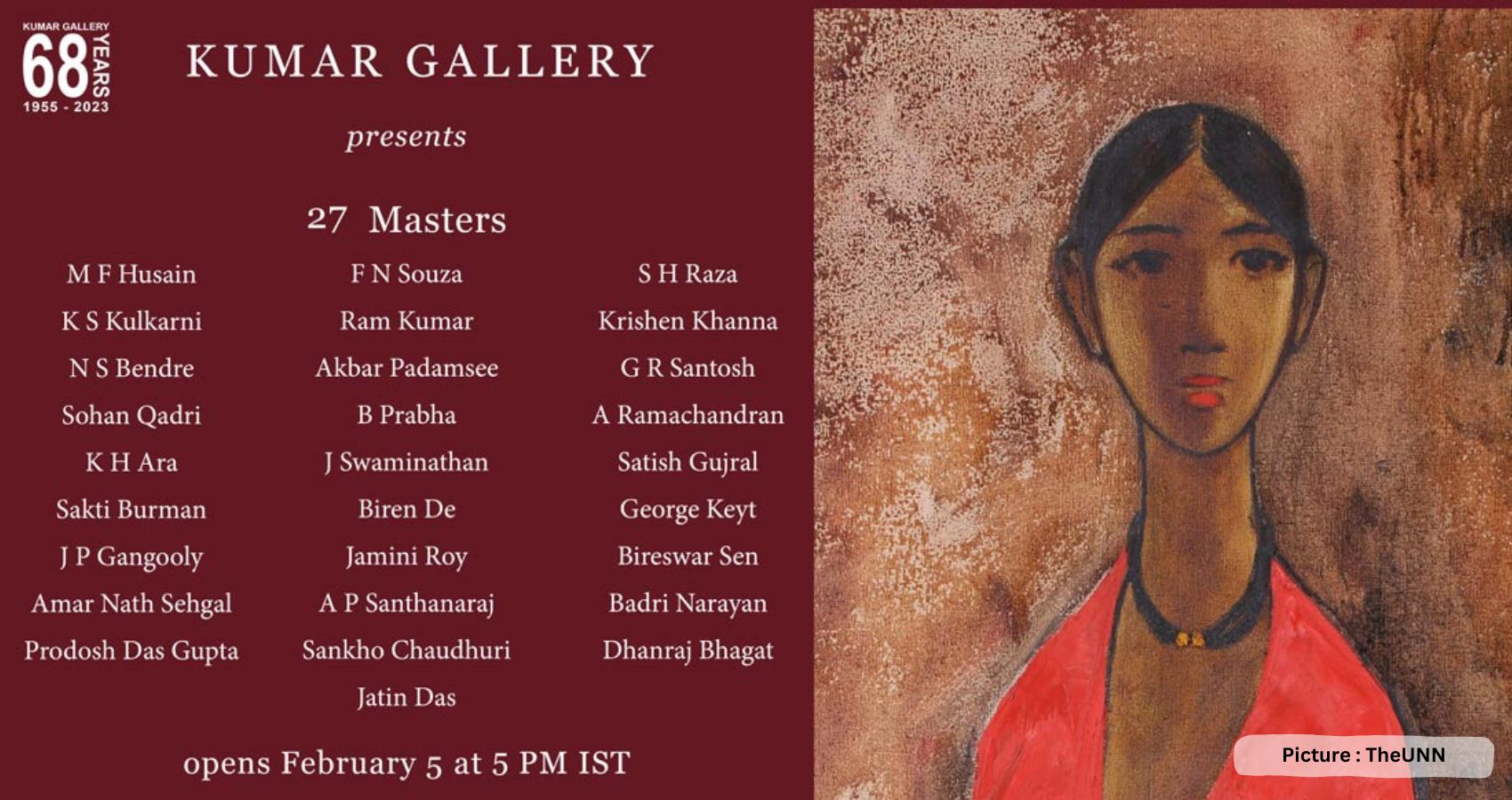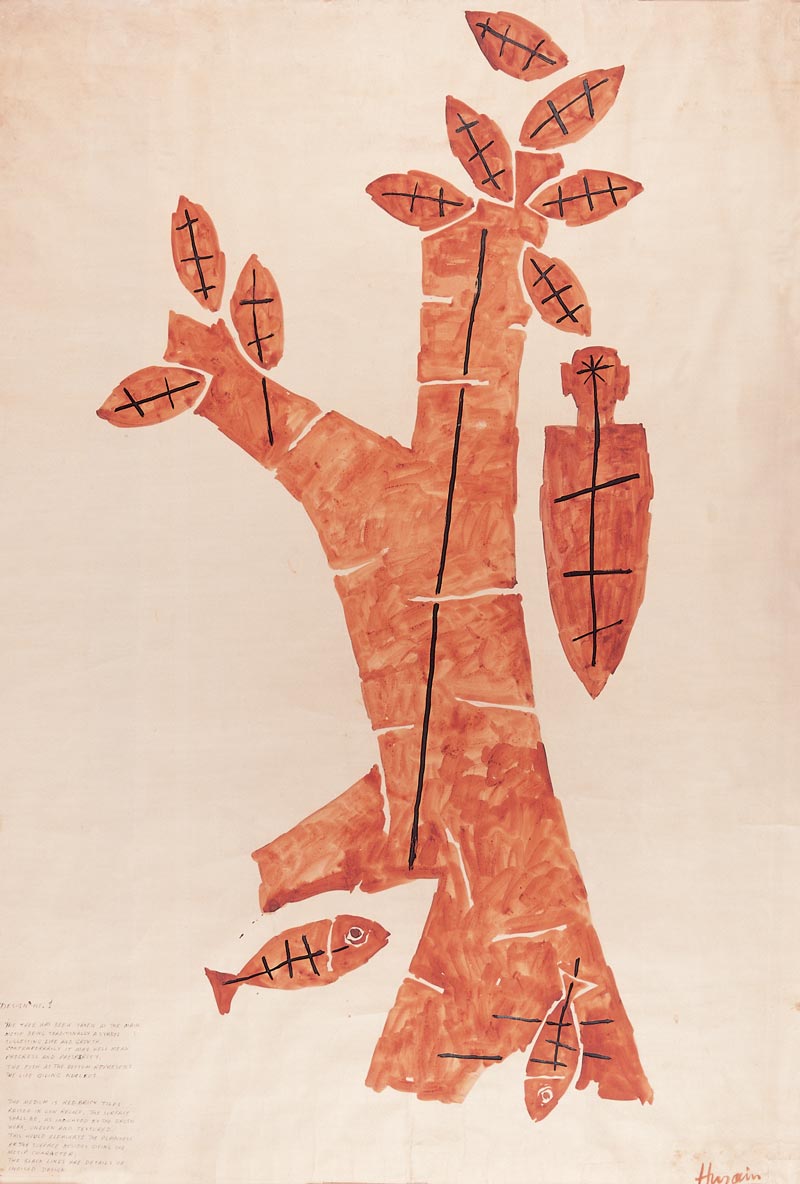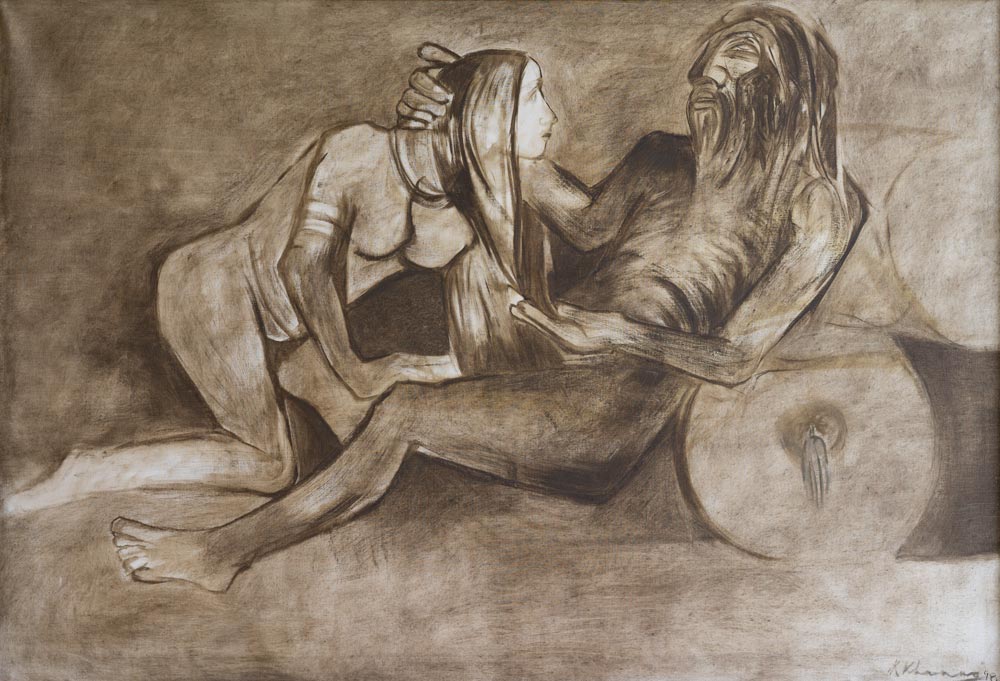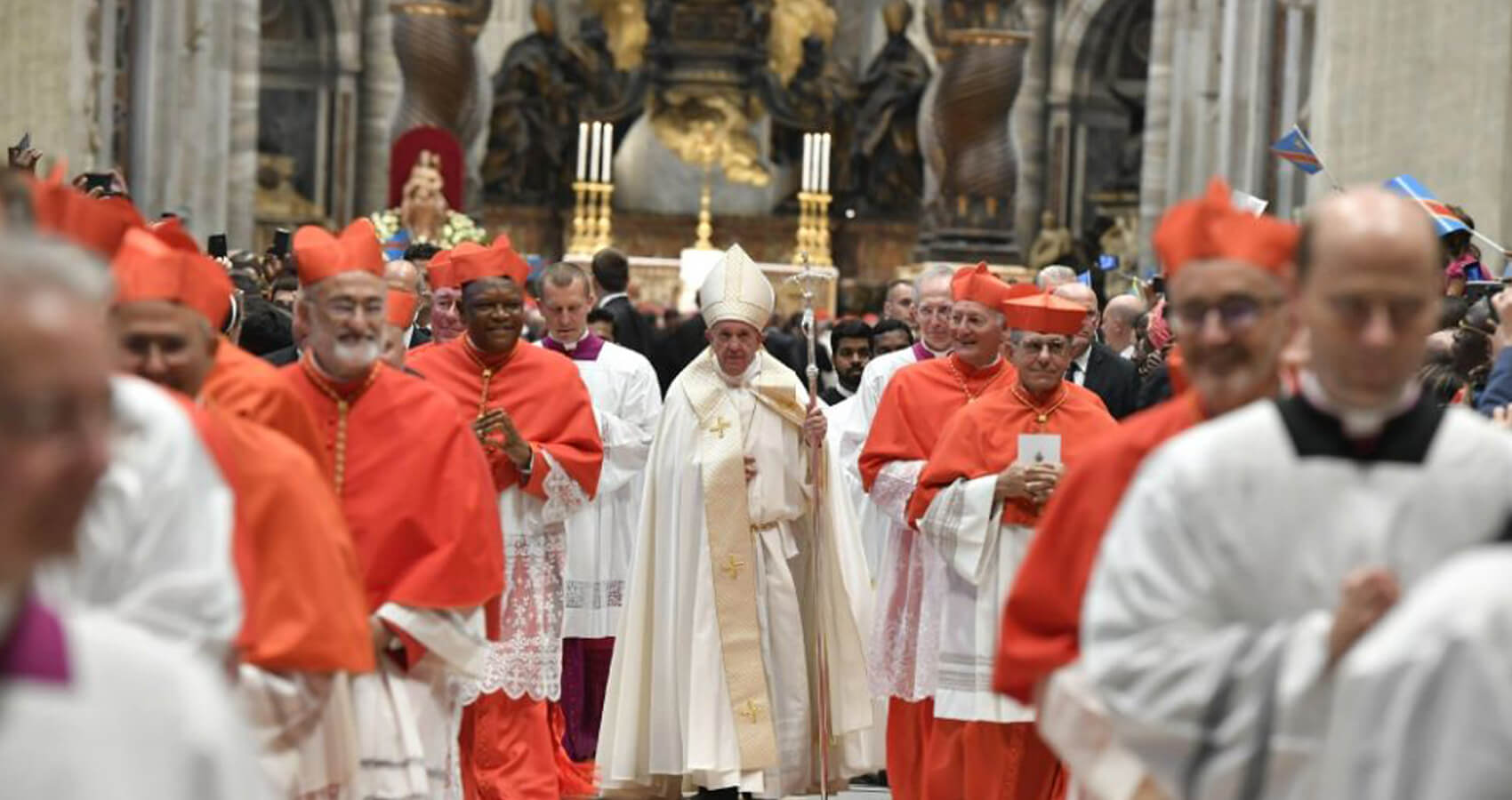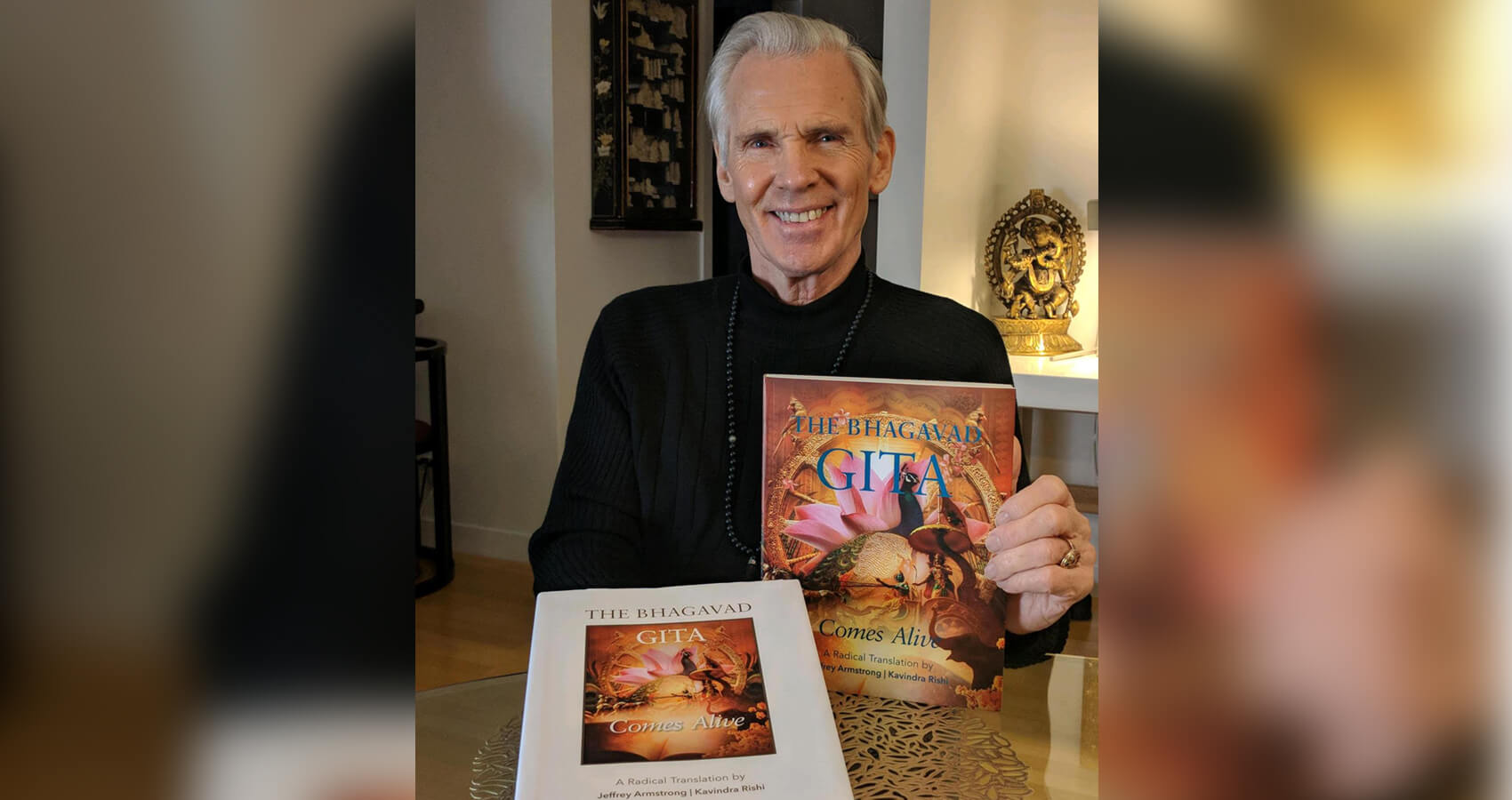The Madras High Court has issued a directive to the Tamil Nadu HR&CE department, instructing them to place signage in all Hindu temples, clearly stating that non-Hindus are restricted beyond the ‘Kodimaram’ area within the premises. Justice S Srimathy of the Madurai Bench emphasized the fundamental right of Hindus to practice and profess their religion. This ruling came in response to a petition from D Senthilkumar, seeking exclusive access for Hindus to the Arulmigu Palani Dhandayuthapani Swamy temple and its sub-temples, along with the installation of display boards to enforce this regulation at all entrances.
The notable Palani Murugan temple, situated in Dindigul district, was specifically mentioned in this context.
The respondents in the case included the Tamil Nadu government, represented by the Principal Secretary of the Department of Tourism, Culture and Religious Endowments, The Commissioner of the HR&CE Department, and the Executive Officer of the Palani temple. The HR&CE department oversees the administration of Hindu temples across Tamil Nadu.
In response to the petition, the court ordered the installation of boards stating “non-Hindus are not allowed inside the temple after Kodimaram” at the temple entrances, near the flagpole, and at prominent locations within the shrine. The court also mandated that non-Hindus seeking access to specific deities within the temple must provide an undertaking affirming their faith in the deity and willingness to adhere to Hindu customs and practices. Entries for such visits would be maintained in a register by the temple authorities.
Furthermore, the court stressed the importance of maintaining temple premises in accordance with temple rules, customs, and practices outlined in the agamas.
Although the respondents suggested confining the order to the Palani temple alone, the court dismissed this plea, asserting that the issue raised was of broader significance. The court highlighted that these restrictions aim to promote communal harmony among different religions and maintain peace in society. Therefore, the court directed the State Government, HR&CE department, and all involved in temple administration to adhere to these directives in all Hindu temples.
The court reiterated the fundamental rights of Hindus to practice and profess their faith, emphasizing that while individuals of other religions also have these rights, they should not interfere with Hindu customs and practices. Temples are not intended as tourist or picnic spots, and must be respected accordingly.
The court referenced specific incidents of non-Hindus allegedly misusing temple premises, such as consuming non-vegetarian food within temple grounds or attempting to conduct prayers with their sacred texts near sanctums. Such incidents, the court asserted, infringe upon the fundamental rights of Hindus as guaranteed by the Constitution.
Consequently, the court held that it is the duty of the HR&CE department to safeguard temples from such unwanted occurrences and ensure the protection of Hindu fundamental rights. Failure to do so, as evidenced by past incidents, is a neglect of constitutional duty.
The Madras High Court’s ruling underscores the importance of respecting Hindu customs and practices within temple premises, ensuring the fundamental rights of Hindus are upheld, and maintaining the sanctity of these religious spaces.

